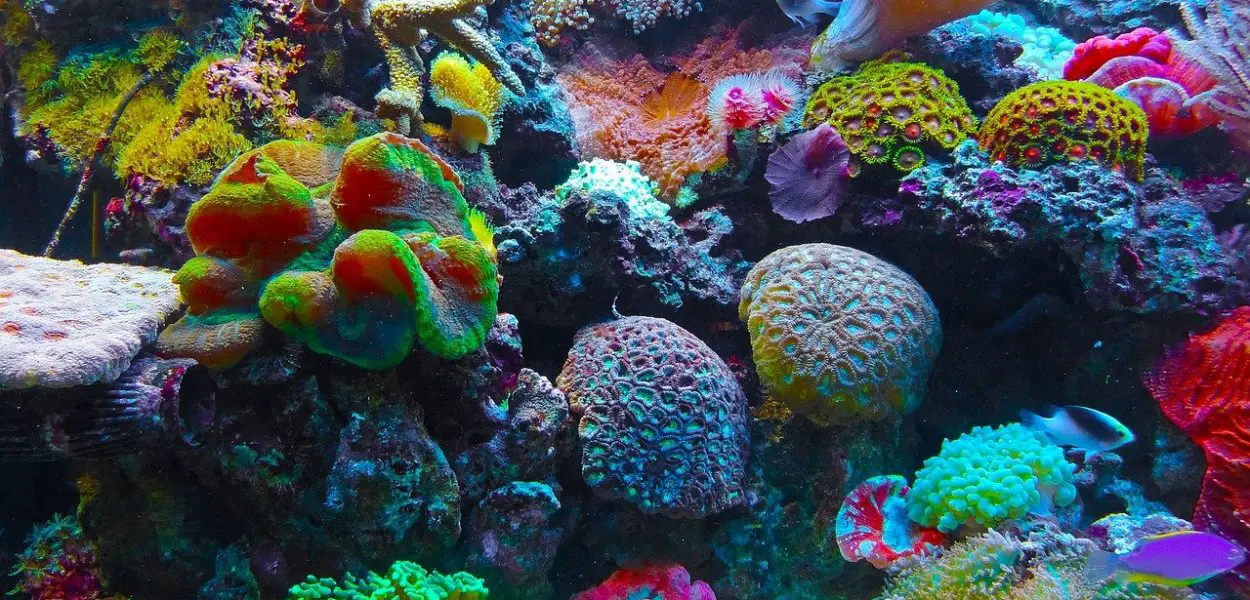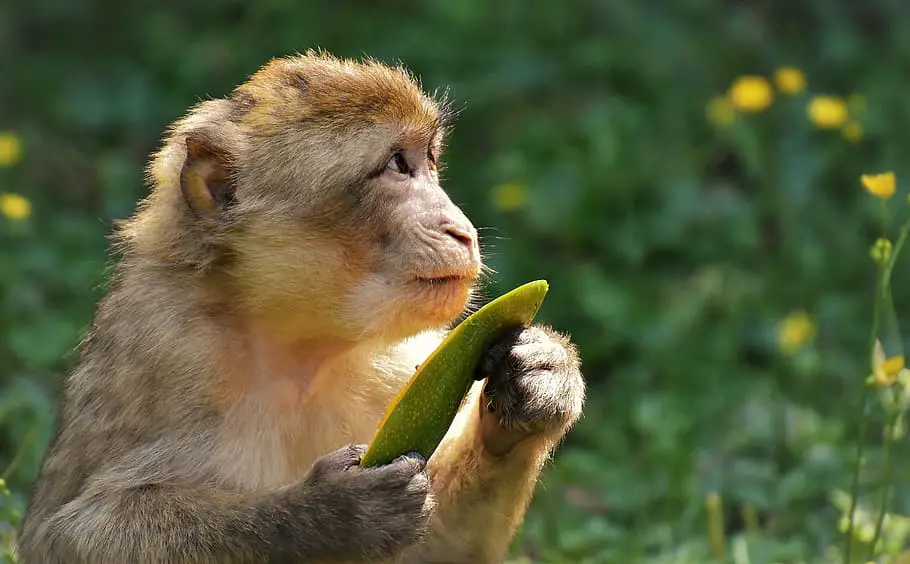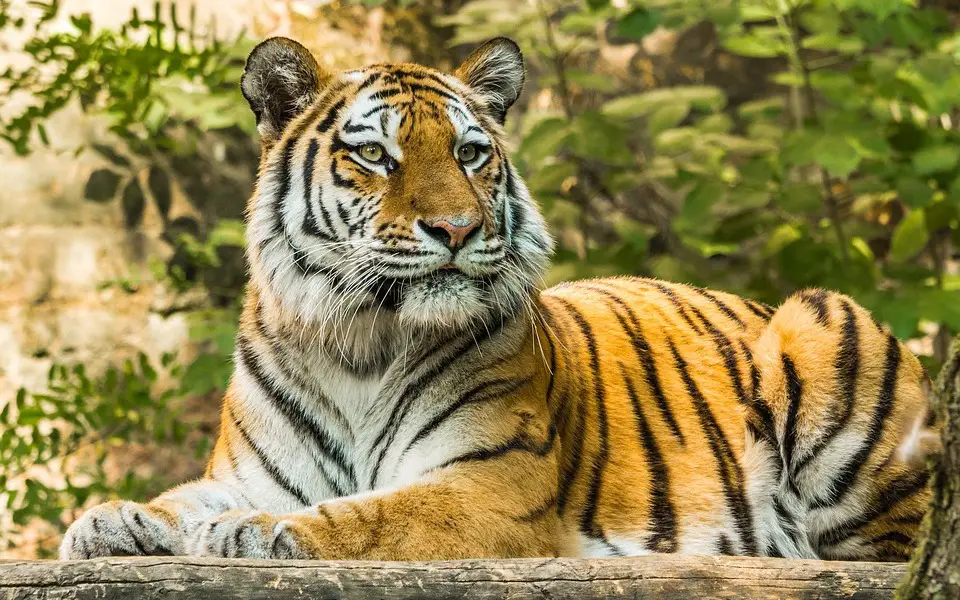How the Environment Responded to Covid-19
The coronavirus pandemic may seem like one of the worst things that could be happening to the world right now. And although that might be the case for us, the environment is finally getting the break from human activity that it’s been longing for. With businesses shut down, traveling banned, and everyone in lockdown, traffic and pollution have been significantly reduced and it’s had some notable effects on nature. So while you’re stuck being quarantined, here are some cool things happening around the world as a result.











![Heart Block: First Degree vs Second Degree (Type I and Type 2) vs Third Degree - ECG Findings, Symptoms, Diagnosis, Treatment, and Prognosis [MCAT, USMLE, Biology, Medicine]](https://i0.wp.com/moosmosis.org/wp-content/uploads/2023/04/heart_block.png?resize=200%2C200&ssl=1)




![Gastrointestinal System 101: Pathophysiology of Diseases and Cancers, LFTs, Types of Hepatitis, PSC vs PBC, Cholecystitis vs Cholangitis, Crohn's Disease vs Ulcerative Colitis [Biology, MCAT, USMLE, Medicine]](https://i0.wp.com/moosmosis.org/wp-content/uploads/2022/03/image-17.png?resize=200%2C200&ssl=1)